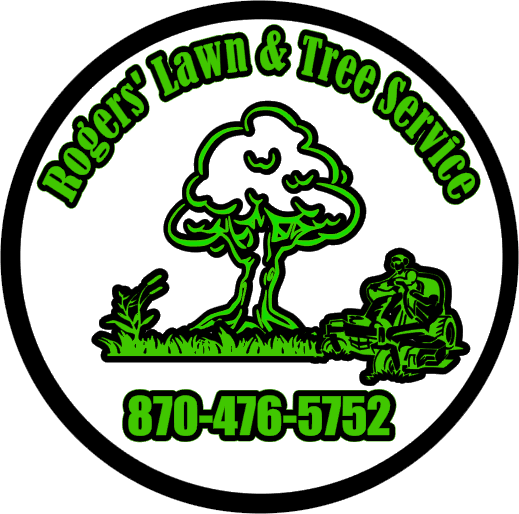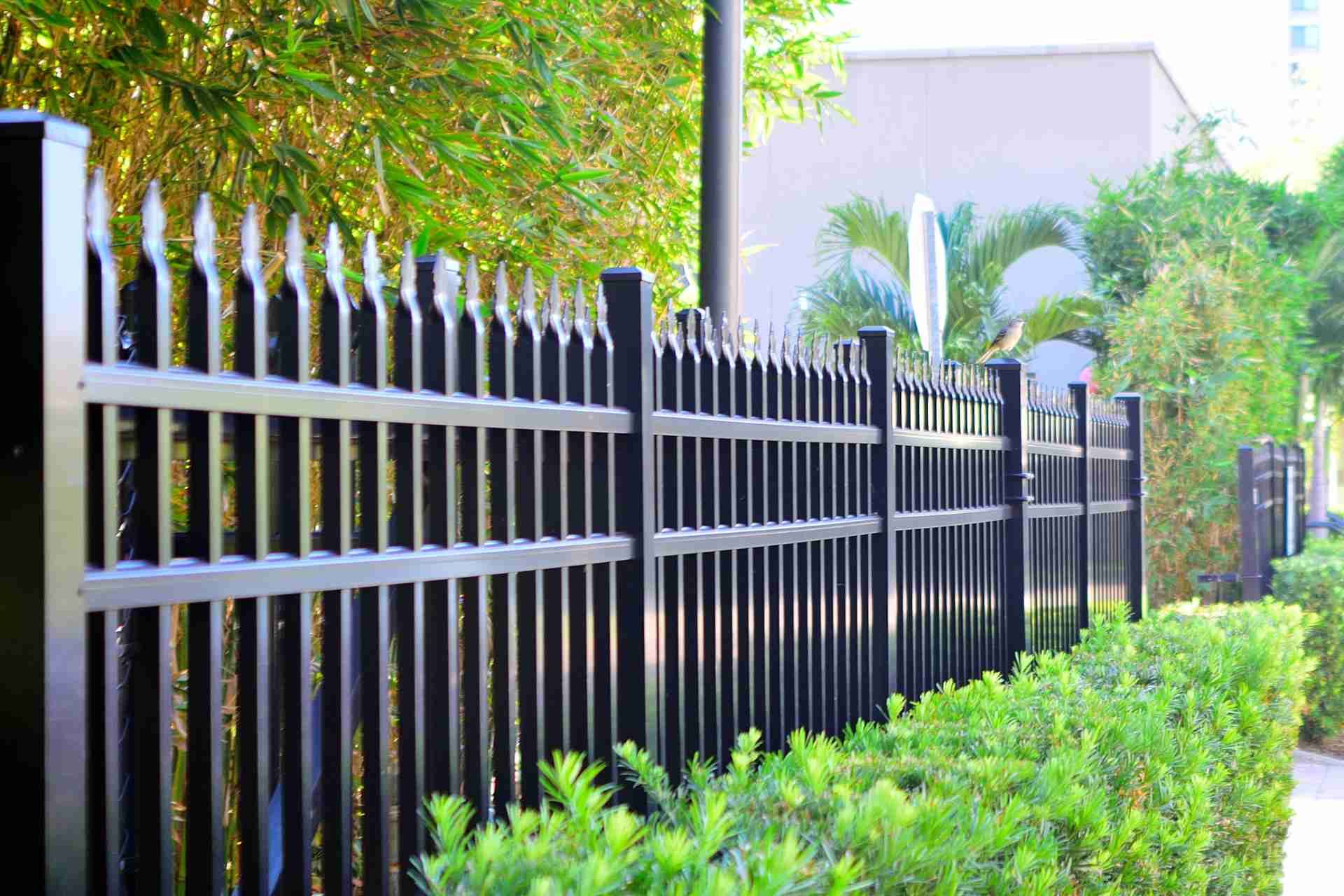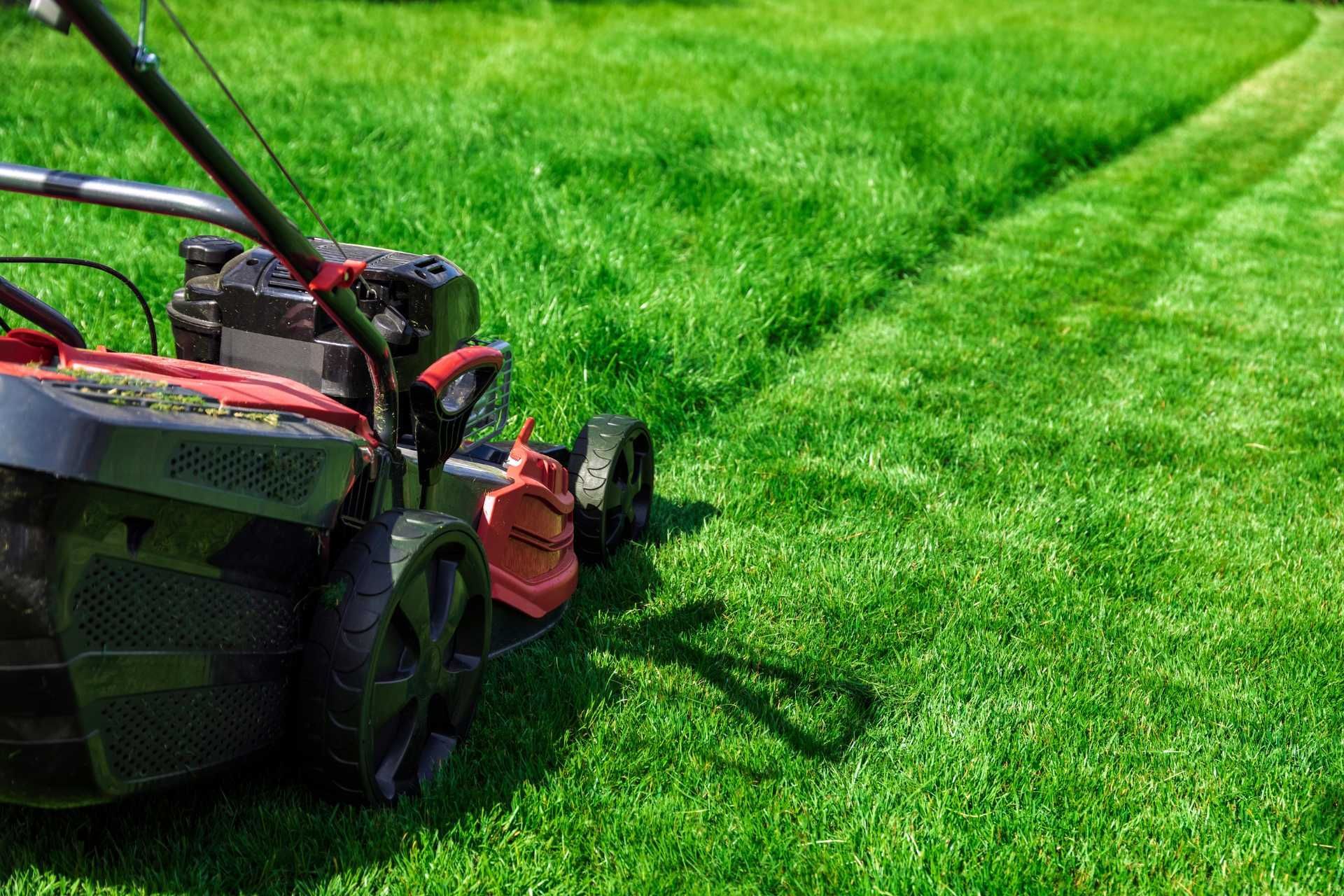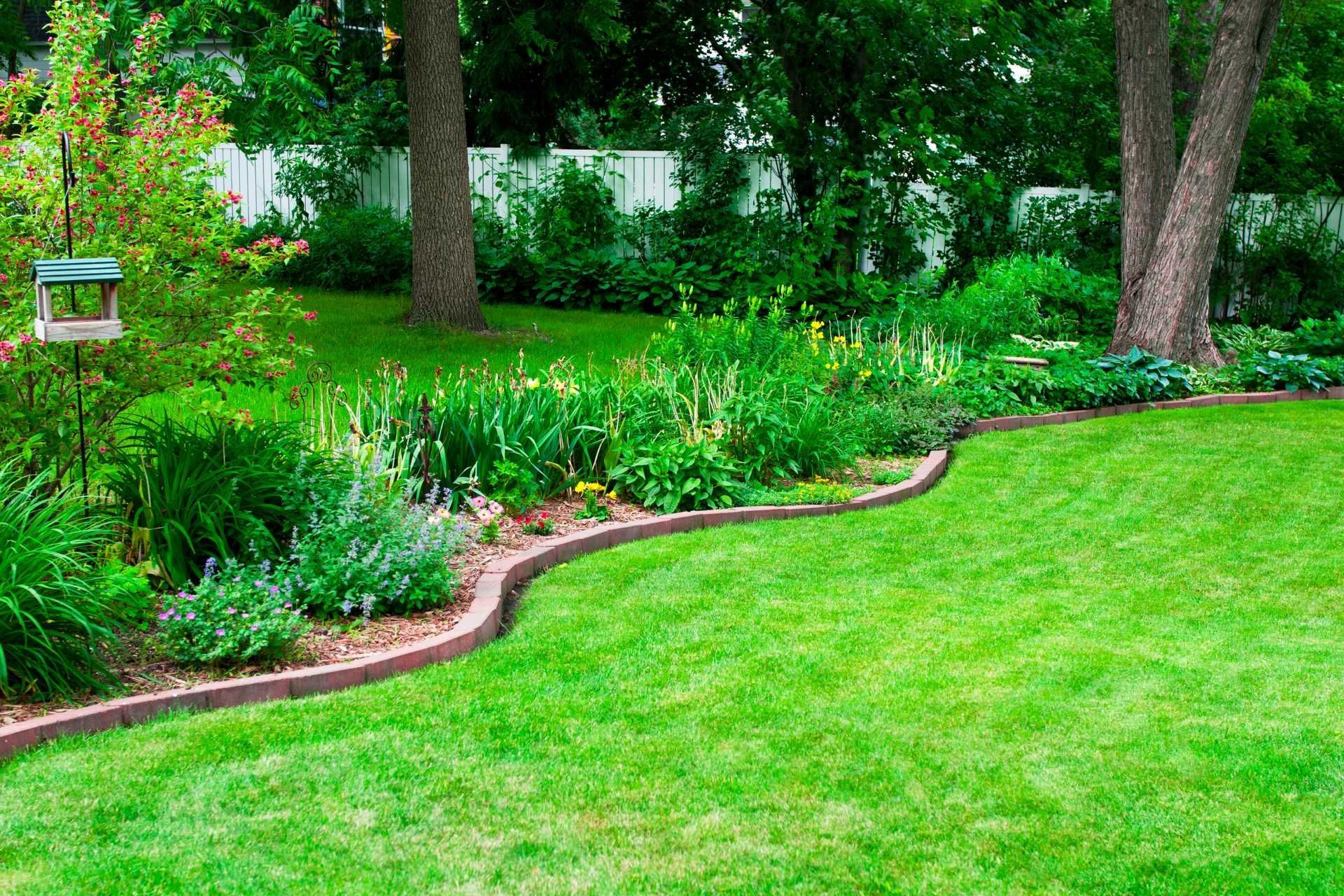Guide to Pruning a Tree
Pruning is an essential aspect of tree care that helps promote healthy growth, improve the tree's overall appearance, and prevent potential safety hazards. Properly pruning a tree can help maintain its structural integrity, increase its longevity, and ensure it continues to thrive in its environment. In this guide, we will discuss the importance of pruning, when and how to prune a tree, and key tips to keep in mind to ensure the process is carried out safely and effectively. Whether you're new to tree care or looking to improve your pruning skills, this guide will provide you with the knowledge and tools needed to maintain your trees' health and appearance.
Why is it Important to Prune Trees
Pruning trees is important for several reasons:
Health - Regular pruning helps to remove dead or diseased branches, improving the overall health of the tree. It also helps to promote new growth and encourages proper air circulation, which can reduce the risk of disease and pest infestations.
Safety - Overgrown or damaged branches can be a safety hazard, especially during storms or high winds. Pruning helps to remove these hazards and prevent potential accidents.
Aesthetic appeal - Pruning can enhance the appearance of a tree, shaping it to improve its overall aesthetic appeal. Properly pruned trees can also improve property value and curb appeal.
Growth regulation - Pruning can help control the growth of a tree, directing its growth patterns and preventing overcrowding of branches. This can help improve the overall structure and form of the tree.
Fruit production - Pruning fruit trees can increase fruit production by ensuring that the tree is getting enough sunlight and nutrients. It also helps to remove weak or excess branches, allowing the tree to focus its energy on producing fruit.
When to Prune a Tree
The best time to prune a tree depends on the species of tree and the reason for pruning. In general, it is best to prune deciduous trees in late winter or early spring before new growth begins. This allows the tree to heal quickly and reduces the risk of disease or pest infestation.
For flowering trees, it is best to prune them immediately after they have finished flowering to avoid cutting off any potential flower buds for the next season.
On the other hand, evergreen trees can be pruned in late winter or early spring as well, but they can also be pruned in late summer or early fall if necessary.
It is important to avoid pruning during times of extreme heat or drought, as the tree may not be able to recover from the stress of pruning.
How to Prune a Tree safely and effectively
Pruning a tree is essential for the health and appearance of the tree. However, it is important to prune a tree safely and effectively to avoid damaging the tree or injuring yourself. Here are some steps for safely and effectively pruning a tree:
Tip 1: Start by inspecting the tree and identifying any dead, diseased, or damaged branches that need to be removed. Also look for branches that are growing in a way that may obstruct structures or pathways.
Tip 2: Use sharp, clean pruning shears or loppers to make cuts. Make sure the tools are sharp to prevent tearing the branches and causing damage to the tree.
Tip 3: Start by cutting off any dead, diseased, or damaged branches at the base of the branch, where it meets the larger branch or trunk. Make a clean cut, angled slightly away from the trunk or main branch.
Tip 4: When pruning larger branches, use the three-cut method to prevent tearing the bark. Make an undercut about a foot from the trunk, then make a second cut further out from the trunk to remove the branch. Finally, make a third cut to remove the remaining stub.
Tip 5: Avoid cutting branches flush with the trunk or main branch, as this can create a larger wound that takes longer to heal. Leave a small collar of tissue at the base of the branch to promote faster healing.
Tip 6: Prune during the tree's dormant season, typically in late winter or early spring, to minimize stress on the tree and reduce the risk of disease or pest infestation.
Tip 7: Step back periodically to assess your work and make sure you are achieving the desired shape and structure for the tree. Don't remove more than 20-25% of the tree's branches in one season to avoid stressing the tree.
Tip 8: Dispose of pruned branches properly by composting, chipping, or hauling them away. Do not leave large branches or debris around the base of the tree, as this can attract pests and diseases.
Tip 9: If you are unsure about how to properly prune a tree, consider hiring a professional arborist to do the job safely and effectively. They have the knowledge and experience to handle pruning tasks of any size.
Prune a Tree with Professionals
If you are in need of
professional tree pruning services, consider hiring
Rogers' Lawn & Tree Service. Our experienced team of arborists can properly prune your trees to promote healthy growth and enhance the overall appearance of your landscape. We use industry-standard tools and techniques to ensure the job is done safely and efficiently.
Contact us today to schedule a consultation and get a quote for our tree pruning services.
Quick Links
Services
All Rights Reserved | Rogers' Lawn & Tree Service



